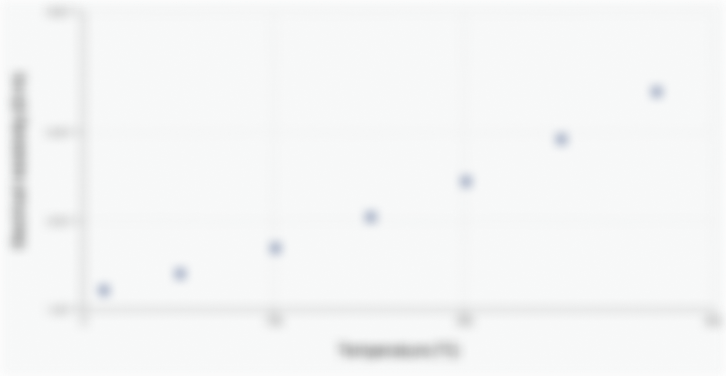Eigenschaften
Allgemein
| Property | Temperature | Value | Comment |
|---|---|---|---|
Dichte | 23.0 °C | 1.35 g/cm³ Show Material materials with Dichte of 1.35 g/cm³ | ISO 1183 |
Mechanisch
| Property | Temperature | Value | Comment |
|---|---|---|---|
Biegemodul | 23.0 °C | 7 GPa Show Material materials with Biegemodul of 7 GPa | ISO 178 |
Dehnung | 23.0 °C | 2.3 % Show Material materials with Dehnung of 2.3 % | ISO 527-1/-2 |
Elastizitätsmodul | 23.0 °C | 7.5 GPa Show Material materials with Elastizitätsmodul of 7.5 GPa | ISO 527-1/-2 |
Poissonzahl | 23.0 °C | 0.34 [-] Show Material materials with Poissonzahl of 0.34 [-] | |
Schlagfestigkeit, Charpy gekerbt | 23.0 °C | 7 kJ/m² Show Material materials with Schlagfestigkeit, Charpy gekerbt of 7 kJ/m² | ISO 179/1eA |
Schlagzähigkeit, Charpy ungekerbt | -6.0 °C | 40 kJ/m² Show Material materials with Schlagzähigkeit, Charpy ungekerbt of 40 kJ/m² | ISO 179/1eU |
23.0 °C | 45 kJ/m² Show Material materials with Schlagzähigkeit, Charpy ungekerbt of 45 kJ/m² | ISO 179/1eU | |
Schlagzähigkeit, Izod gekerbt | -40.0 °C | 45 kJ/m² Show Material materials with Schlagzähigkeit, Izod gekerbt of 45 kJ/m² | ISO 180/1U |
23.0 °C | 45 kJ/m² Show Material materials with Schlagzähigkeit, Izod gekerbt of 45 kJ/m² | ISO 180/1U | |
Zugfestigkeit | 23.0 °C | 120 MPa Show Material materials with Zugfestigkeit of 120 MPa | ISO 527-1/-2 |
Thermisch
| Property | Value | Comment | |
|---|---|---|---|
Heat deflection temperature, 1.80 MPa | 165 °C Show Material materials with Heat deflection temperature, 1.80 MPa of 165 °C | ISO 75-1/-2 | |
Schmelzpunkt | 220 °C Show Material materials with Schmelzpunkt of 220 °C | ISO 11357-1/-3 | 18°F/min | |
Entflammbarkeit | Burning Behav. at 60mil nom. thickn.: HB class, Thickness tested: 1.6 mm, FMVSS Class: B -, Burning rate, Thickness 1 mm: 59 mm/min | ||
Technological properties
| Property | ||
|---|---|---|
| Fillers | 20% Glass Fiber | |
| Processing methods | Drying Recommended: yes, Drying Temperature: 120°C, Drying Time, Dehumidified Dryer: 2-4h, Processing Moisture Content: ≤0.04%, Melt Temperature Optimum: 250°C, Min. melt temperature: 240°C, Max. melt temperature: 260°C, Mold Temperature Optimum: 80°C, Min. mold temperature: 30°C, Max. mold temperature: 130°C, Hold pressure range: ≥60MPa, Hold pressure time: 3s/mm, Back pressure: As low as possible, Ejection temperature: 170°C | |
